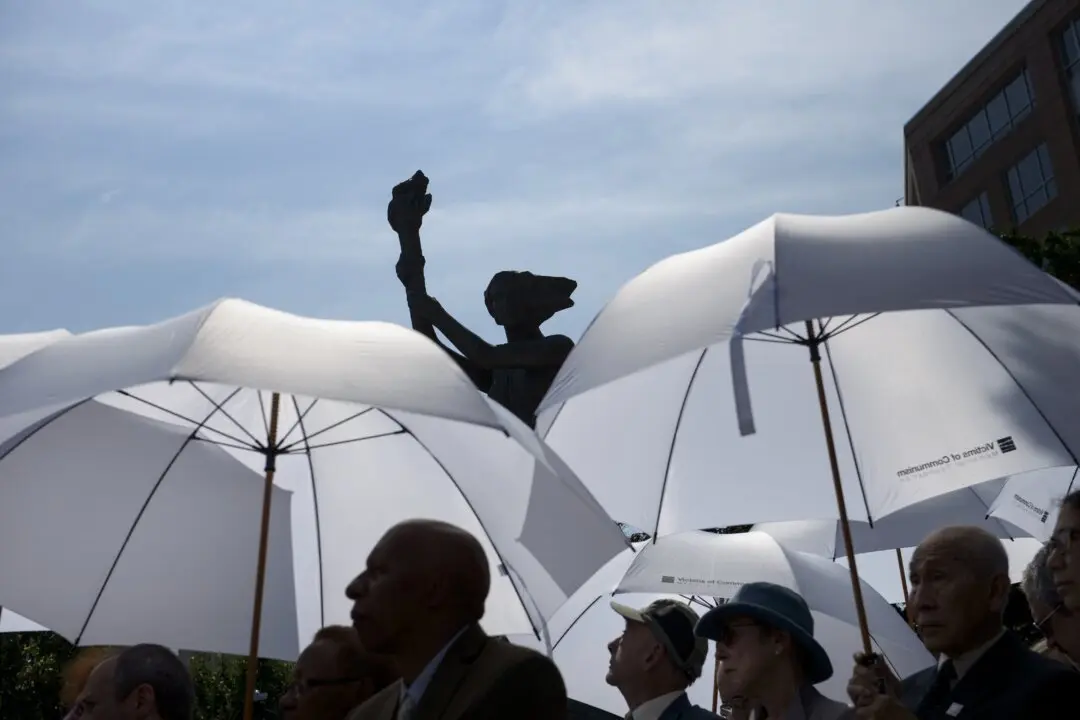PG | 1 h 35 min | Drama, Adventure | 1966
You could say that this story about lions is a very human story, because it’s told with traits you’d hardly expect in lion country. It’s told like a fairytale, to be savored by children and adults. It’s told with respect for the unspoken, but indisputable, dignity of wild animals. It’s told with humor and, above all, with a sensitivity that’s alive to the sacred uniqueness of each animal.




